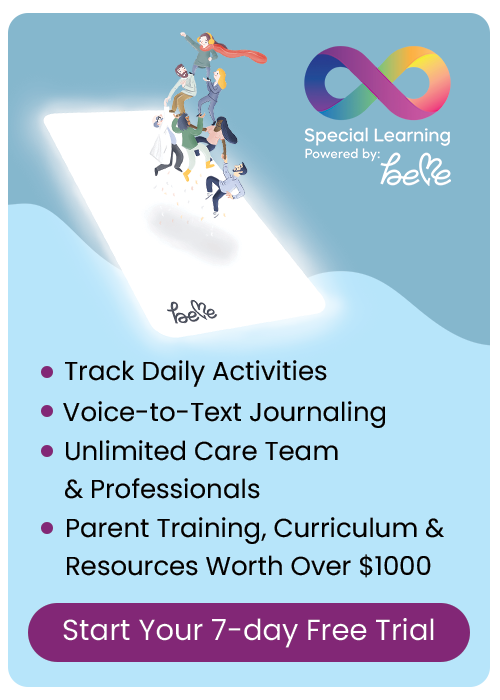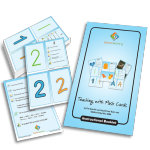Blog Categories
- ADHD
- Applied Behavior Analysis
- Autism Awareness
- Autism Service Providers
- Case Studies
- Dignosis
- Classroom Management
- Credentials
- Ethics
- Family Matters
- FAQs About LIVE Events
- Financial Planning
- Holiday Planning
- IEP's
- Panelists
- Private Equity in Autism & ABA Industry
- Psychopharmacology
- Sensory Processing Disorder
- Speech and Communication
- Subject Matter Experts
- Summer Planning
- Transition Planning
Using Visual Supports to Prepare for a Successful Trick-or-Treating Event
It became her life’s passion to share knowledge of these evidence-based therapies to the global community who either work or have a child/adult with Autism Spectrum Disorder (ASD) or a related disorder. She has become one of the thought-leaders in this space and is achieving her goal through the works of Special Learning, Inc.
Using Visual Supports to Prepare for a Successful Trick-or-Treating Event
Visual supports are strategies used in Applied Behavior Analysis (ABA) to help teach kids with autism and other special needs. It utilizes the strengths (or preferences) of visual learners to process information in order to acquire new skills using pictures, drawings, objects or even printed words. Visual Schedules, one of the most common forms of visual supports, is a highly effective instructional tool to teach sequencing. Breaking a sequence down into individual targets (or skills) allows the child to learn the steps one at a time in order to master the full sequence at a pace that is appropriate for him/her.
To ensure a successful Trick-or-Treating event, you may want to “over-prepare” your child. Preparation can take many forms, but using priming strategies to “show” your child what to expect, including practicing the steps involved in going Trick-or-Treating, will give them the confidence they need to approach the day with excitement, not apprehension.
You can use a visual schedule to break down the sequence of the Trick-or-Treating process and review it with your child as many times as necessary for him/her to achieve mastery.
Steps in a simple Trick-or-Treating visual schedule may include:
1. Walk to door
2. Knock on door
3. Wait for answer
4. Say “Trick-or-Treat”
5. Receive candy
6. Say “Thank you”
7. Walk away
Once the child is familiar with the sequence, you can contrive scenarios in which he/she can practice the newly-acquired skill in a safe environment by getting your neighbors or friends to participate. During this process, you may want to incorporate some “rules” about when and how much candy your child will be able to eat after Trick-or-treating. You can use a token economy system as a delayed reinforcement tool to keep their motivation level high in the days leading up to the actual event.
(See previous articles on how to use Priming and Token Economy systems to prepare for Trick-of-treating)
You can purchase our Getting Ready for Trick-or-Treating Holiday Learning Kit in our store.
Sign-up for our Level 1 ABA Online Training Course (Autism Basics) to learn additional ABA strategies and techniques.
Copyright © 2017. Special Learning Inc. All right reserved.
No part of this article may be reproduced without written permission. For information, email contact@special-learning.com.




